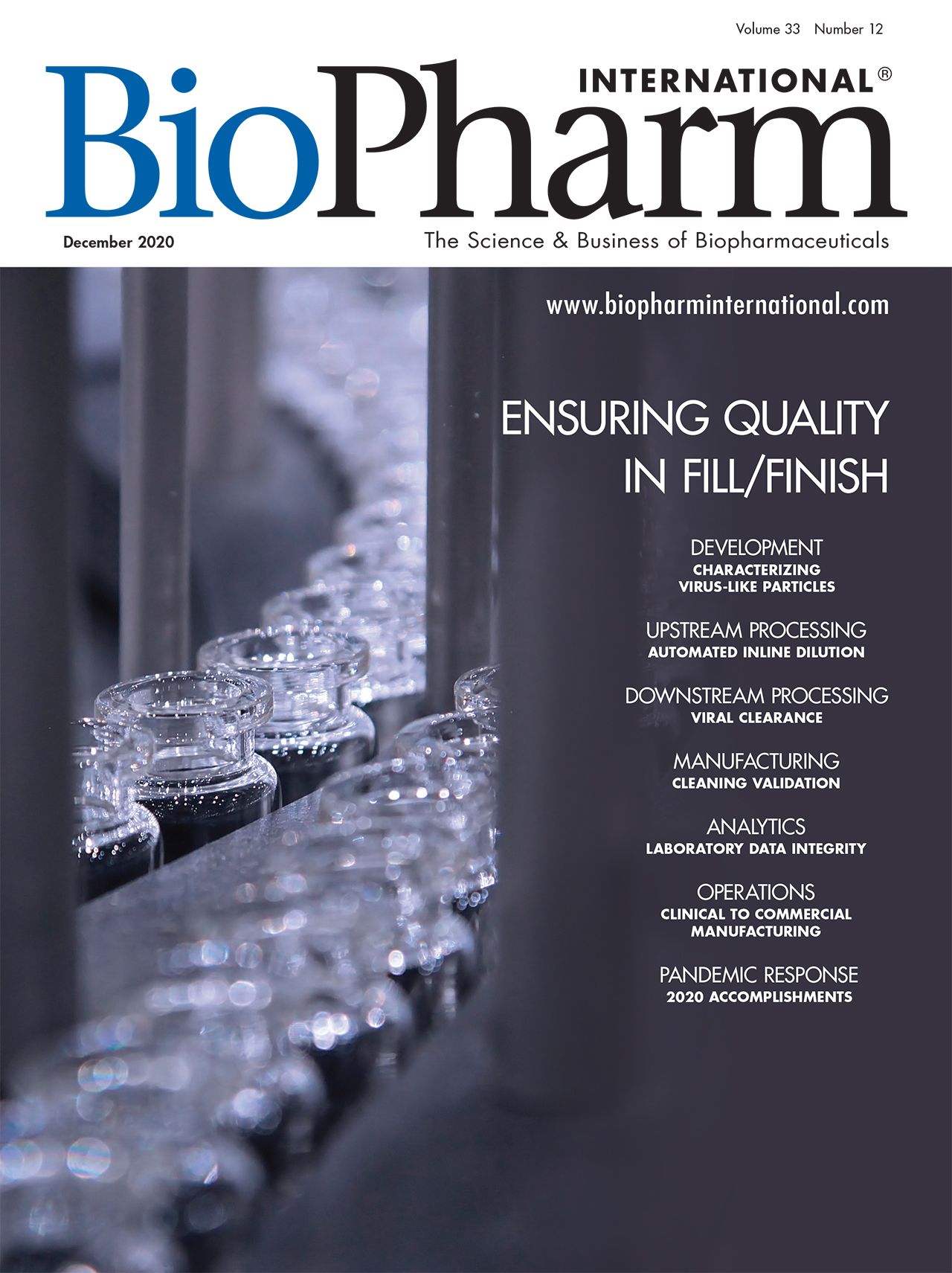Impact of Pandemic on Permanent Procedures
Virtual audits, virtual training, and more robust quality agreements may become positive impacts on the industry, says Susan J. Schniepp, distinguished fellow at Regulatory Compliance Associates.
Q: Companies have made a lot of operational changes to accommodate working through the pandemic. What changes do you think will become permanent as a result of the pandemic?
A: There are a number of operational changes that companies have made to accommodate working through the pandemic. Many of the changes were implemented out of necessity, and some of these changes have the potential to become permanent and normal operating procedures in the future. Patients still need life-saving medicines and companies need to find ways to continue manufacturing safe, effective, and compliant products for these patients despite the challenges presented by the pandemic. Conducting virtual audits, conducting effective virtual training, and enhancing communications with suppliers to ensure an uninterrupted supply chain are among the changes implemented to maintain operations, stay compliant, and continue manufacturing medically necessary products. Each one of these changes have positive and negative aspects that need to be evaluated and debated to determine if they are as effective as the previous processes.
Virtual audits
Moving to virtual audits was one of the first changes that was implemented by companies and regulatory authorities. The necessity for virtual audits was to allow companies and regulators to continue to evaluate the compliance stature of manufacturers while respecting stay-at-home and social distancing requirements that prevented in-person site audits.
There are many advantages of performing virtual audits and the key to making a virtual audit successful is preparation and communication. Informational (organizational charts, standard operating procedures, quality manual, etc.) requests should be made prior to the audit, and the requested documents should be reviewed before the commencement of the audit.
Companies can save time and reduce travel expenditures because people will be reviewing documents from home offices. The documentation required for in-person audits will be the same as virtual audits, but rather than making copies for the auditor, the documents can be turned into a PDF file and be sent through a secure system to the requester. Questions regarding the documentation can be addressed through a number of virtual platforms as long as the platform chosen is acceptable to both parties.
Performing a tour of the facility poses unique challenges, and possible solutions need to be vetted between the two parties to determine the most efficient and secure way to share this information. The bottom line is that virtual audits have the potential to be as effective as in-person audits and perhaps may be more time efficient and cost effective.
Virtual training
The same principles applied to conducting virtual audits can also be applied to training. On-line training programs have been used to train remote employees for years. There are a number of technological platforms that can be used to deliver virtual training programs to employees. These platforms allow training material to be pre-recorded and comprehension questions that must be answered correctly in order to continue with the training can be inserted. Remote training allows the employee to
complete the training as their schedule allows.
Another approach is to deliver the training as a webinar using a multiple-person meeting application. You can prepare and distribute the information you will cover in the training, schedule a meeting time, deliver the training, and take questions from the employees during the webinar. If you have multiple manufacturing shifts, you can schedule a training session during each shift to make it easier for second- and third-shift employees to receive the training.
Additionally, virtual training can be enhanced by taking advantage of online training and conference options offered by external organizations. Many external organizations have converted their conferences and training topics to virtual offerings covering a wide variety of topics. Some of these venues are free, and some require a registration fee.
Supply chain quality
Enhanced communication with suppliers to ensure an uninterrupted supply chain has also become a priority during the pandemic. Many companies are reviewing and enhancing their quality agreements. This is a positive change for the industry as a whole.
The quality agreement should be a living document that is reviewed and revised as often as needed to clarify the responsibilities of the client and the supplier and define how the two parties will communicate with each other. The agreement should clearly identify the roles and responsibilities needed for a successful partnership. Defining the quality relationship between a supplier and a client is complex and requires extensive discussion and attention to detail. The relationship should be open, and communication between the two parties should be as frequent as required to assure that the product being manufactured meets the highest quality standards for the client and for the patients. Bottom line is that quality agreements are important documents that have become front and center for ensuring the supply chain during the pandemic. This is a welcome change that should carry forward in the future.
There are many changes that have the potential to become permanent procedures/operating principles even after the pandemic is under control. Three that should become permanent in the future are the use of virtual audits, the implementation and utilizations of virtual training, and more robust quality agreements that enhance communications between the client and the supplier.
About the Author
Susan J. Schniepp is distinguished fellow at Regulatory Compliance Associates.
Article Details
BioPharm International
Vol. 33, No. 12
December 2020
Pages: 54, 52
Citation
When referring to this article, please cite it as S. Schniepp, "Impact of Pandemic on Permanent Procedures," BioPharm International 33 (12) 2020.
